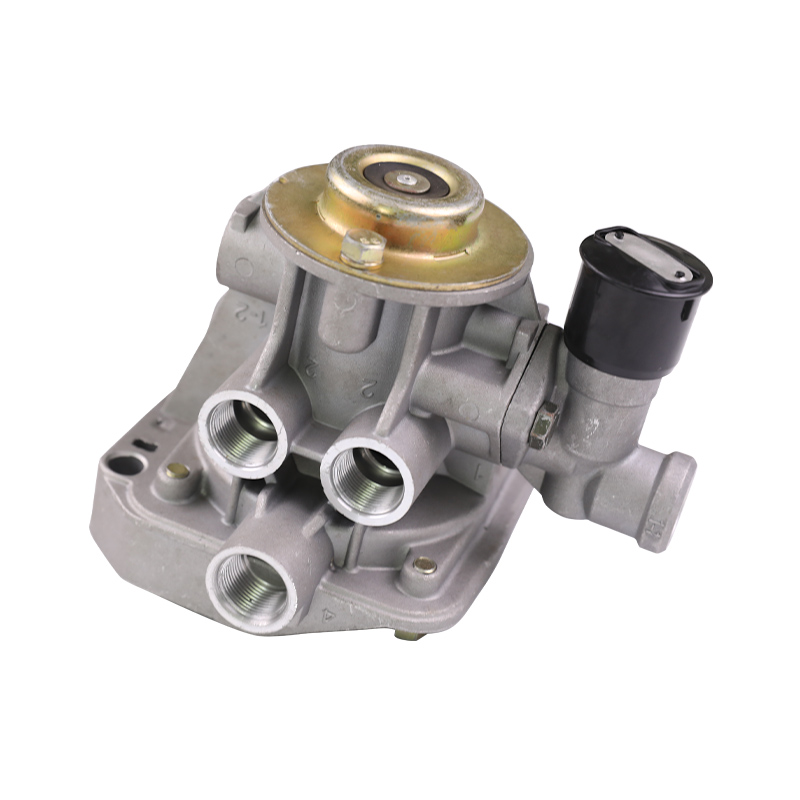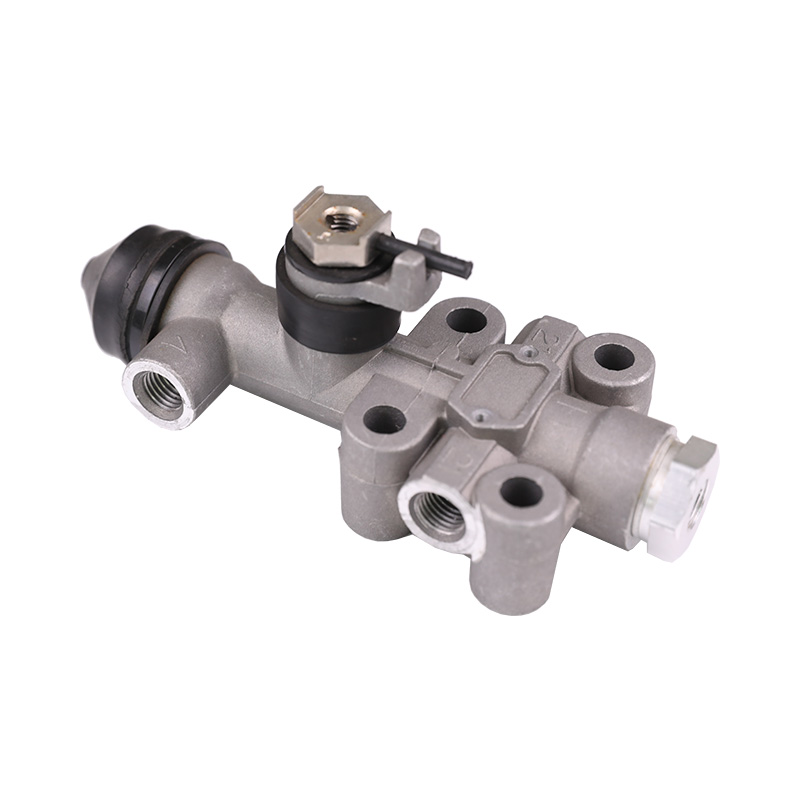The Hand Brake Valve is one of the most crucial braking system components in railway transportation. Its working process is directly related to the safe braking and stopping of the train.
The starting process of the handbrake valve:
The handbrake valve is closed during normal operation and does not interfere with the movement of the train. When the train needs to stop, the driver controls the handle or knob to start the working process of the handbrake valve.
Manual operating mechanism operation: The driver moves the handle or knob from the closed position to the open position through the manual operating mechanism. This operation transmits the driver's manual command and triggers the activation mechanism of the handbrake valve.
Spring mechanism release: The spring mechanism inside the handbrake valve remains in a compressed state to maintain the closure of the handbrake valve. When the manual operating mechanism is activated, the spring mechanism is released and begins to push other key components to prepare for the normal operation of the handbrake valve.
Adjustment stage of handbrake valve:
After the handbrake valve is activated, its working process enters the adjustment stage. This stage mainly includes the precise process of adjusting braking force and hydraulic transmission.
Braking force adjustment: The hydraulic transmission device inside the handbrake valve starts to work. This involves the movement of a spool that changes the pressure in the braking system through hydraulic passages. The main goal of this stage is to accurately adjust the braking force to ensure that the train can stop smoothly and quickly.
Hydraulic transmission process: The hydraulic transmission device uses the hydraulic principle to convert the force transmitted by the manual operating mechanism into the adjustment and control signals within the braking system. This involves the opening of hydraulic channels so that the hydraulic medium in the braking system can flow freely.
The braking phase of the handbrake valve:
After the handbrake valve completes the adjustment stage, it enters the braking stage. This stage is when the handbrake valve plays a key role in ensuring that the train stops quickly and reliably.
Hydraulic system takes effect: As the adjustment of the hydraulic transmission device of the handbrake valve is completed, the braking system takes effect and the braking force is applied. The train began to slow down and eventually stopped.
Emergency Brake Response: The handbrake valve is designed with emergency situations in mind. During emergency braking, the handbrake valve can quickly and effectively adjust the pressure of the braking system to the maximum, ensuring that the train stops in the shortest time and minimizing the risk of accidents.
Resetting and closing the handbrake valve:
When the train stops, the handbrake valve needs to be reset and closed to prepare for the next operation.
Handbrake valve reset: The driver returns the handle or knob to the closed position through the manual operating mechanism, and the handbrake valve's spring mechanism is compressed again to realize the handbrake valve reset.
Handbrake valve closed: As the handle or knob is reset, the hydraulic channel inside the handbrake valve is closed, and the braking system returns to normal operation. The handbrake valve completes a complete working process and is ready to serve the next braking operation.






